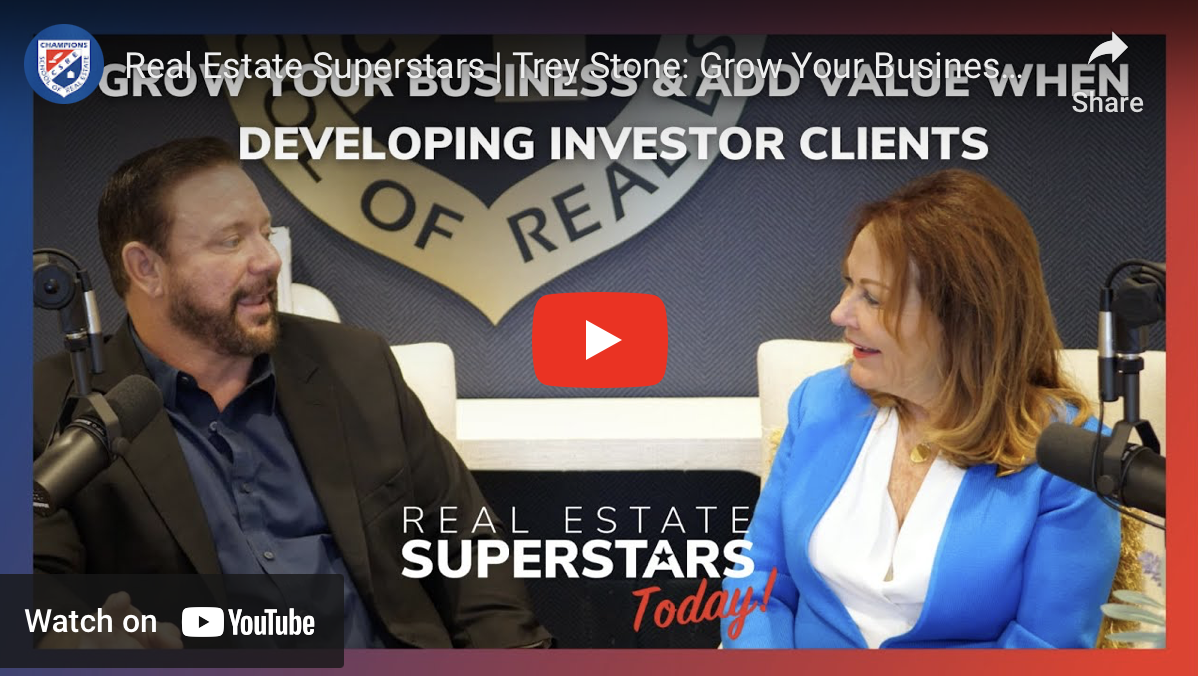Real Estate Flipper vs. Investor | Episode 2
Today, I want to discuss the distinction between being a real estate flipper and a real estate investor. Some refer to flipping as dealing, while others locate properties and act as intermediaries for investors, which is commonly known as wholesaling. Today's podcast episode will delve into these aspects.
We'll explore the comparison between making money through purchasing, renovating, and selling a property (flipping), versus the alternative of acquiring, improving, and holding it for the long term (investing). These two strategies differ significantly, especially in the realm of single-family real estate.
Personally, I must confess, I'm not a fan of flipping. My aversion arises from a fundamental trait—I'm inclined toward efficiency and dislike engaging in labor solely for the sake of it. While some individuals genuinely enjoy their work and find satisfaction in the process, I prioritize activities like spending time with my family, fitness, martial arts, and charitable endeavors.
When it comes to my involvement in real estate, my focus is maximizing returns for the least amount of effort. I've seen successful flippers, and many students in my Academy will likely begin with flipping to create their initial capital. This is a suitable approach for building a foundation to transition into long-term investing.
If your intention is to prepare for becoming an investor, flipping can serve as an excellent starting point. However, if your goal is long-term wealth accumulation, relying solely on flipping might not yield the desired results.
Imagine purchasing a $150,000 three-bedroom, two-bathroom home needing $25,000 in renovations. This isn't a major overhaul—just cosmetic enhancements like painting and curb appeal improvements. Once the work is done, you might sell it for $225,000, yielding a profit of around $25,000 after deducting expenses.
You might wonder why I'm aiming for $225,000 when the property cost $150,000 and renovations were $25,000. The reason lies in the use of a hard money loan, which incurs substantial fees due to the risks involved. These fees impact your overall profit, prompting me to leave a buffer.
In fact, I advise beginners to double their rehab budget, even doubling it again, to accommodate hard money loan expenses, possible delays, and holding costs. This approach provides security and ensures a cushion.
Bear in mind, this $25,000 profit isn't the full picture. Taxes and various costs reduce your final earnings. Flipping can generate decent income, but if you're aiming for substantial wealth, flipping numerous properties annually is required.
Yet, this process isn't synonymous with investing—it's more akin to self-employment. To transition into a true investor, able to support themselves and family through real estate, a different approach is necessary.
Consider acquiring the same $150,000 property and investing $25,000 in renovations. However, this time, the goal is to rent it out for around $2,000 a month. Despite not yielding immediate substantial profits like flipping, this method focuses on consistent monthly cash flow.
This monthly cash flow, say $200, while seemingly modest, accumulates over time. Think of it as a foundation. Let's say your monthly expenses are $3,000; with 15 properties each generating $200, you'd cover your monthly needs. Now, you're a full-time investor.
This route offers additional benefits. You're building equity as the property value appreciates, and tenants' rent payments pay down the mortgage, increasing your net worth. This approach leads to sustained financial independence.
Furthermore, real estate investment brings tax advantages through depreciation, carry forward net operating losses, and principal reduction. This can significantly offset taxes on rental income, capital gains, and other earnings.
It's crucial to differentiate flipping from investing. Flipping generates quick income, but extensive property transactions involve higher taxes and fees. In contrast, investing yields steady cash flow, capital appreciation, and tax benefits, leading to long-term wealth accumulation.
Flipping is a stepping stone to investing. If starting from scratch, you might need to flip initially to amass capital. However, if you can find a partner or have capital available, consider investing directly.
In the end, true wealth is built through investing, not merely trading time for money. By embracing the long-term approach, you'll ultimately achieve financial freedom and create a legacy for your family.
From the blog
Lorem ipsum dolor sit amet consectetur, adipisicing elit. Ipsa libero labore natus atque, ducimus sed.

